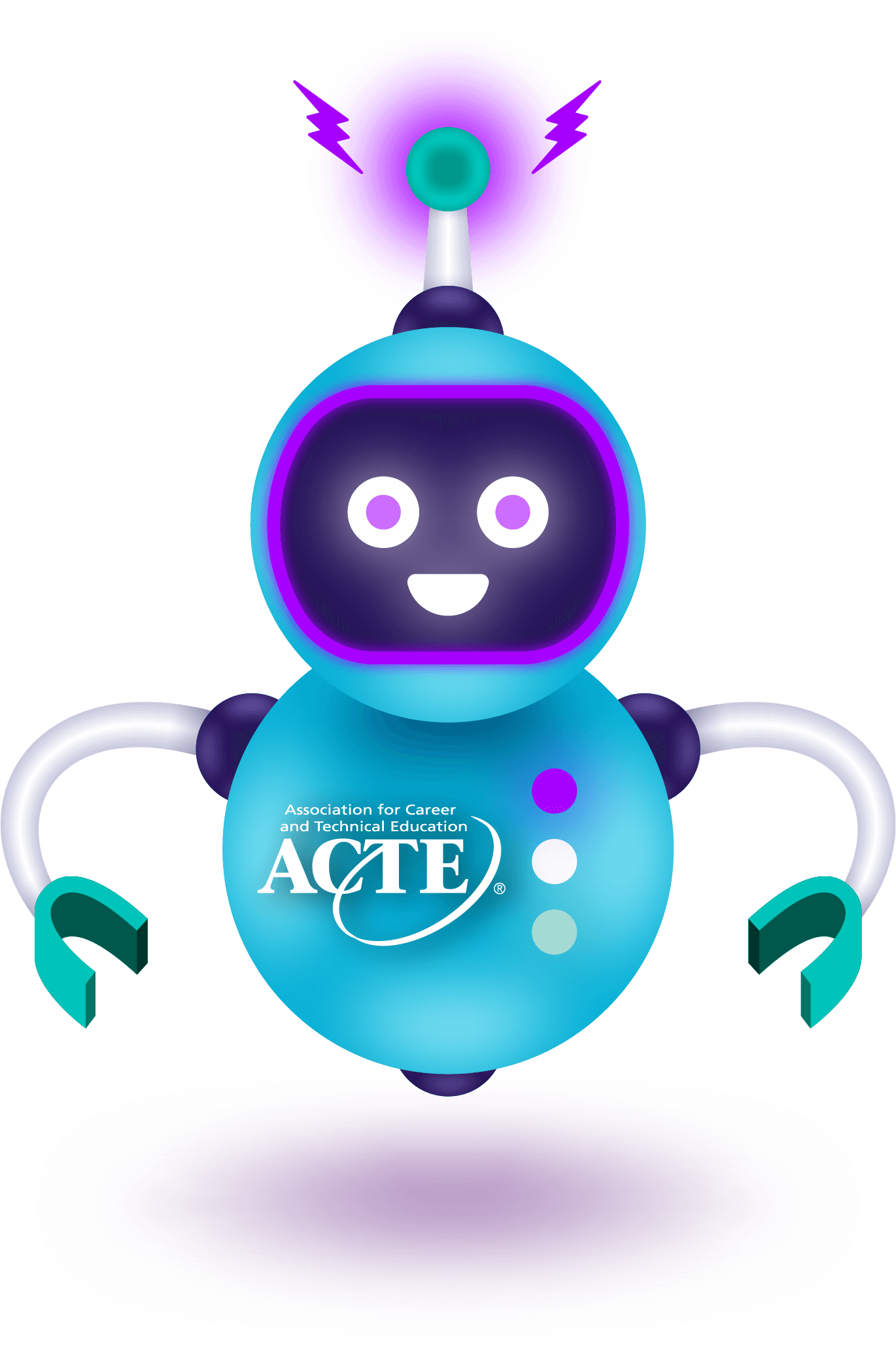By Steve Southwick, Savvas Learning Company
Career and technical education (CTE) serves as a vital link between classroom learning and career readiness, helping students develop skills earlier in their education journey and more clearly define their post-high school pathways. A recent national survey by Savvas Learning Company found that 75% of educators reported CTE programs as their top choice in helping students be successful after high school.
Thoughtful technology integration can lead to more meaningful learning outcomes. By implementing intentional strategies and avoiding common pitfalls, CTE educators and administrators can maximize the impact of digital learning, helping students develop the technical and workplace skills they need for long-term success.
1. Start with a clear understanding of program goals and student needs.
Before selecting any digital tools, define what competencies students should learn and understand how technology can address specific needs. Digital solutions should align with — not dictate — well-defined learning outcomes. Consider what skills students need for both technical proficiency and career readiness. Your digital CTE foundation should include optionality, access, scaffolded instruction and built-in support to ensure all students can succeed.
2. Embrace blended learning models.
Effective digital learning programs combine online and hands-on instruction. This model allows students to work independently on computers, whether at home or in the classroom, while also engaging in practical activities that reinforce technical skills.
Provide clear guidance for transitioning between environments. Establish consistent workflows, and design assessment strategies that evaluate both knowledge and application. This balanced approach better prepares students for modern workplace environments where digital and physical tasks are increasingly integrated.
3. Ensure seamless technical integration.
Integration with existing systems is essential for program success. Prioritize solutions that provide single sign-on capabilities, enable easy assignment management and support differentiated instruction. Teachers should be able to focus on instruction rather than troubleshooting technology.
4. Keep digital curriculum relevant and responsive.
One of the digital medium’s greatest advantages is its ability to rapidly adapt to emerging careers and changing industry practices. Evaluate digital CTE offerings against The National Career Clusters Framework (Advance CTE, 2024), focusing on how technology-enhanced learning can support high-growth fields like artificial intelligence, robotics and health care. This responsiveness allows schools to quickly address evolving workforce demands and student interests.
5. Choose digital learning tools that reflect workplace realities.
Select solutions that mirror current industry practices rather than simplified educational versions. CTE tools should simulate real-world scenarios and provide authentic workplace project experiences. Avoid common pitfalls like over-reliance on gamification at the expense of real-world applications or choosing overly complex platforms that burden teachers.
6. Integrate certification preparation throughout curriculum.
Embed industry certification requirements and standards directly into coursework. When digital curriculum aligns with certification objectives, students can learn everything they need to excel on certification exams. Then they can gradu.ate high school with meaningful credentials that employers recognize, immediately enhancing their job prospects. Look for digital solutions that prepare students for certifications in high-demand areas like drone piloting, social media marketing, cybersecurity and entrepreneurship.
7. Build engagement through interactive experiences.
Digital learning works best when it feels hands-on, even in a virtual setting. Scenario-based learning that simulates workplace challenges helps students apply concepts in realistic contexts, and the assignments often echo industry deliverables. Furthermore, self-paced learning paths can accommodate a range of student needs while still meeting course benchmarks.
8. Invest heavily in educator support.
One of the biggest barriers to successful digital CTE implementation is the lack of adequate educator training and support. Schools should prioritize ongoing professional development opportunities tailored specifically to CTE contexts, mentorship programs that connect experienced and new teachers, and regular opportunities to share best practices.
Conclusion
The goal isn’t merely to digitize existing content, but to create learning experiences that prepare students for lifelong success. In a world where many of our students’ jobs haven’t been created yet, CTE must strive to prepare adaptable learners who are equipped to navigate continuous change. When thoughtfully implemented, digital CTE doesn’t just teach students about careers. It helps develop their professional trajectory and cultivates the resilience needed to thrive in a rapidly evolving economy.
Steve Southwick is the director of CTE product management at Savvas Learning Company, where he leads the development of research-based programs that are designed to engage and prepare students for post-high school success and future-focused careers. He was previously the founder and chief executive officer of digital CTE curriculum publisher Pointful Education, which was acquired by Savvas in 2024.






